Discovering Rado’s Mastery of Materials, Specifically High-Tech Ceramics
Rado goes above and beyond to create highly scratch-resistant watches, and has done so for decades.

Rado has long been associated with ceramic watches, even before it became a staple material for bezel inserts for instance. The brand pioneered the use of highly scratch-resistant material more than 30 years ago, but Rado’s dedication to the craft goes back even further than that. Labelling itself as The Master of Materials, we recently had the chance to go in-depth at one of Rado’s production facilities and discover just what goes into producing high-tech ceramic watches. And honestly, it was nothing like we expected.
There are basically two sides to this story, yet both are intertwined in the watches produced by Rado. On one hand, we have Rado’s history in making highly scratch-resistant watches with an eye for groundbreaking design and technology and on the other a story of ComaDur, the supplier of the ceramic components to Rado. Part of the Swatch Group, ComaDur is a leading ceramics specialist supplying to group brands like Breguet, Blancpain and Omega. However, the vast majority of the production is allocated to Rado.
ComaDur is the result of the merger of multiple companies into one, which was formalized on January 1st 1984. The exact origins of the company can be traced back to 1880 when Méroz Pierres SA started manufacturing watch rubies. The manufacturing of synthetic rubies is still part of the operations today, as is the manufacturing of synthetic sapphire crystal, and of course ceramics. It is in this last field where ComaDur is a true world-leading expert, developing several patented techniques to achieve the best possible results and break new grounds with this technology.
A Brief Lesson in Rado-History
In order to fully grasp the importance of ceramics for Rado, it’s best to turn back the clock first and cover some basic milestones in history. The company started out as Schlup & Co, founded in 1917 by brothers Fritz, Ernst and Werner Schlup. For the first years, it was a watchmaking factory, producing hand-wound anchor movements, before launching their own watches under the Rado name in the 1950s. For those keen to know, Rado most likely comes from the Esperanto language and translates to “wheel”.
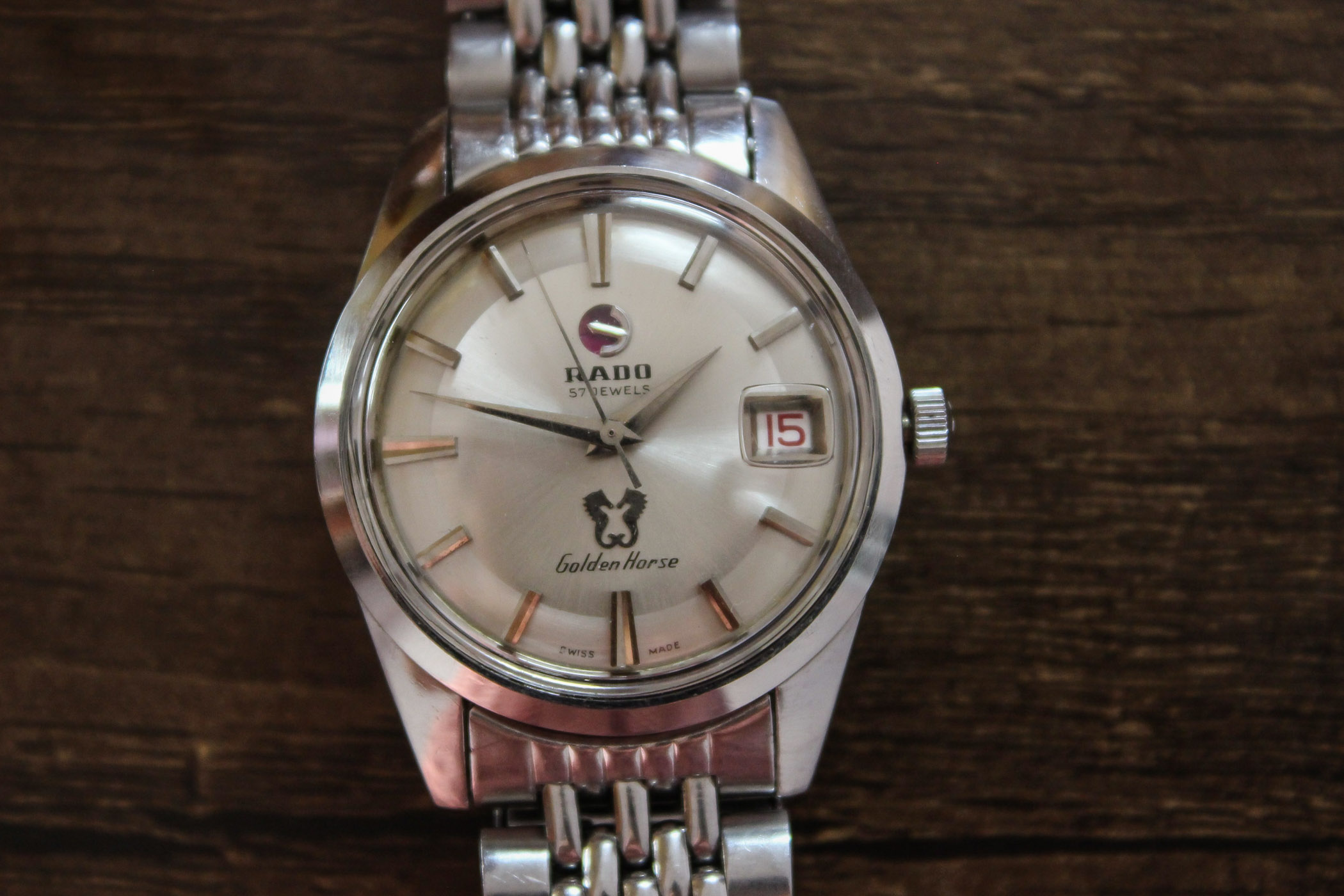
After the Second World War, the company focused on producing finished watches instead of ébauche movements, following a dramatic shift in demand. One of the earliest models is the Golden Horse, introduced in 1957 and revived in 2019. Another milestone watch is the DiaStar, a watch still sold in great numbers today, without any form of advertisement. The DiaStar would prove pivotal in Rado’s history, as it was the first hard-metal (tungsten carbide) and thus very scratchproof watch. Plus, it stood out from the masses thanks to its unusual yet captivating oval-shaped case.
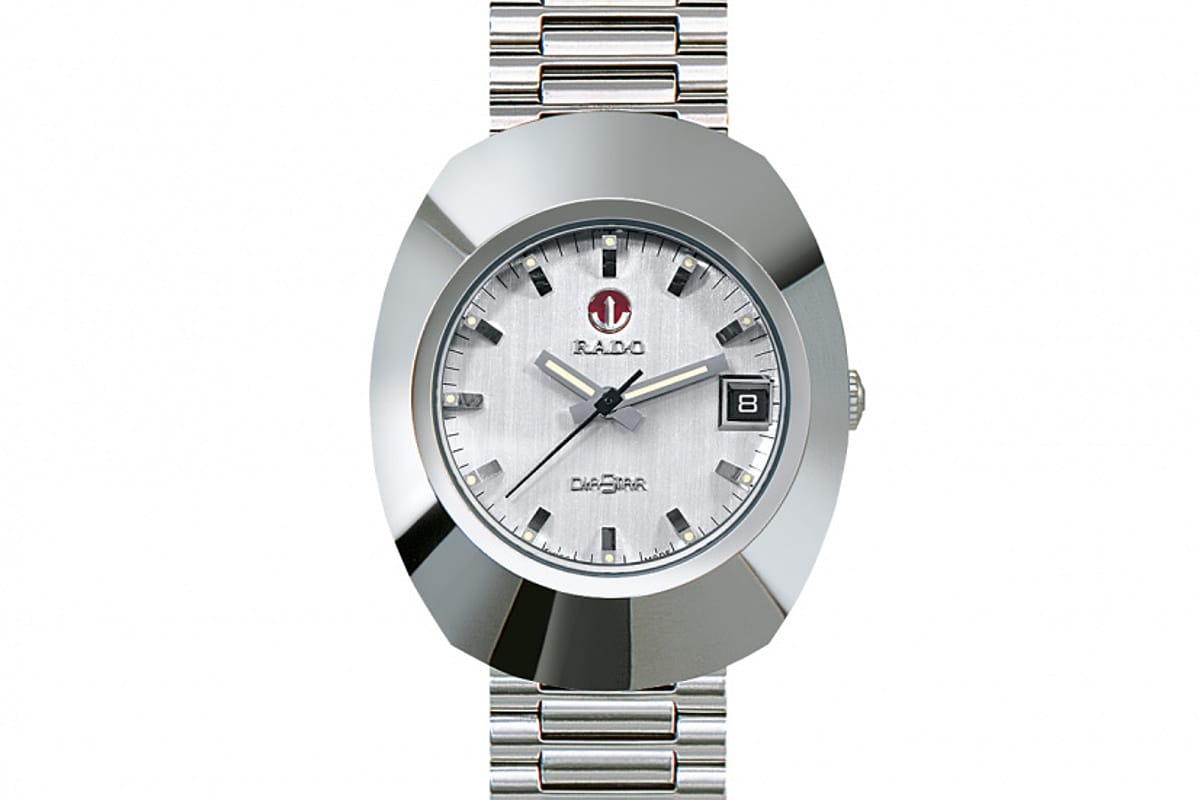
Moving on to the mid-1980s, Rado once again innovated in the field of materials, with the Integral (see below, left image), a rectangular watch with a ceramic bracelet, the first on the market. This was followed by the equally iconic Ceramica in 1990 (see below, right image), with an integrated case and bracelet made entirely of high-tech ceramic. This is most likely what most people still associate with Rado.
Mastering Ceramics
One of the first things to understand about the production of ceramic watch components is that it is far more complex than conventional materials like steel, gold, bronze or even titanium. A steel case can be stamped or machined, and finished in a matter of hours, maybe a few days if done entirely by hand. A ceramic component, regardless of size and purpose, takes at least two weeks from start to finish. The biggest benefit from this complex manufacturing process is a material unlike anything else. Lighter than steel, but much harder and therefore highly scratchproof. On the Vickers scale of hardness, the ceramic used by Rado comes in at 1250 points, with 316L stainless steel coming in at 152 points. Even the denser 904L stainless steel used by Rolex doesn’t score past 500 points on the Vickers scale.
It all starts with zirconium oxide powder, which is mixed with an array of coloured pigments (at the time of publications 40 colours are possible) and a polymer binding agent. This mix, called feedstock (see images above), is then melted down and injected under high pressure into a precision mould. These moulds are incredibly complex, as they need to allocate for the shrinkage of the material further down the line, and also must include support structures and flow channels to achieve a perfectly moulded part.
The next step is the debinding process, where the polymer binding agent is taken out of the ceramic parts, preparing them for sintering. The components are placed in an oven at 1450 °C and takes a full week. The temperature varies slightly depending on the colour of the pigments added to the feedstock. This sintering process reduces the size of the ceramic parts by about 23%. The trick is to make all the calculations beforehand, in order to achieve perfection after sintering. Even screw-threads are taken into account, which are moulded directly into the case, so you get a sense of the precision that’s needed.
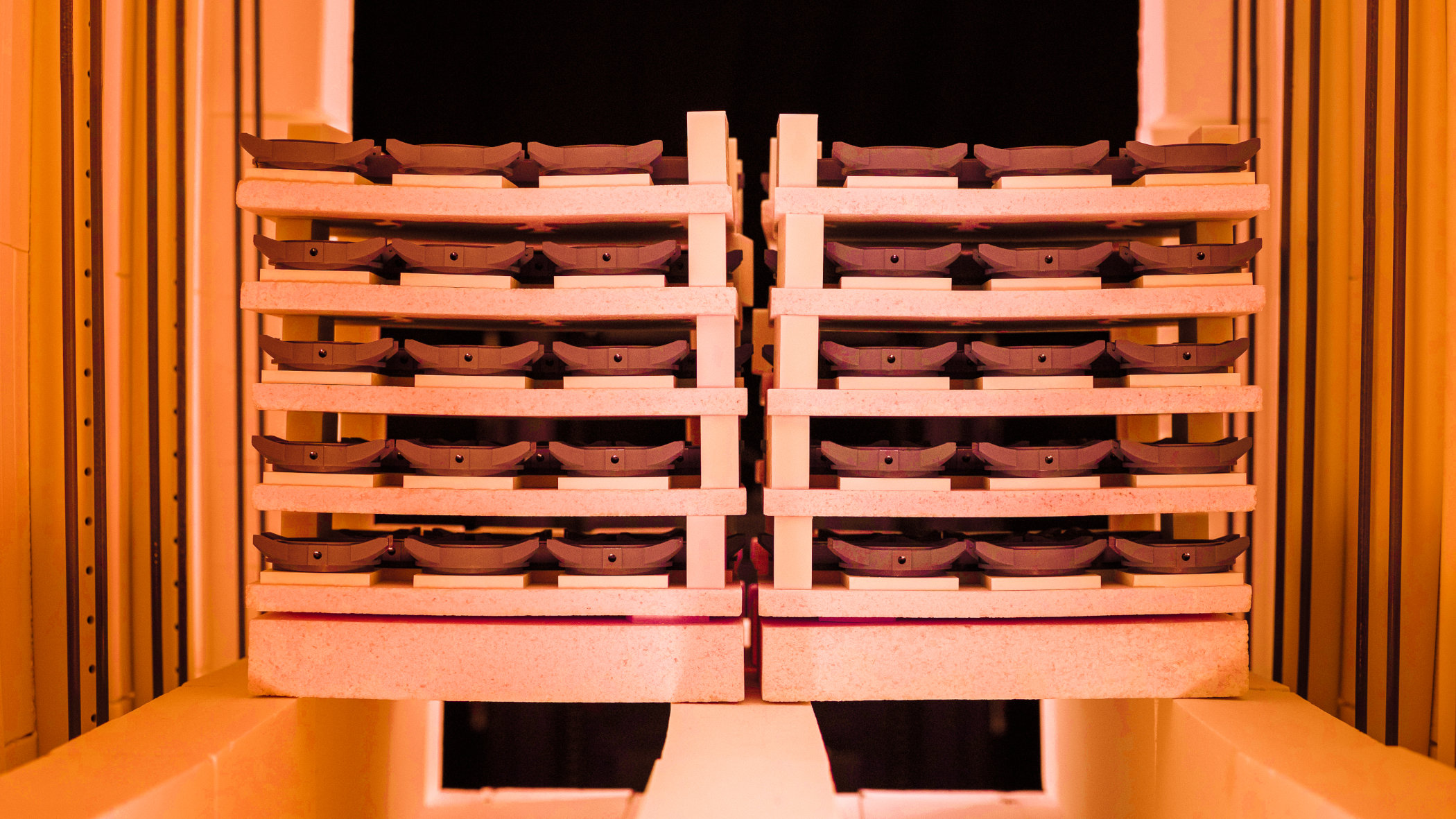
High-Tech, High-Style
After the sintering process, the components are ready to be finished. As the only thing able to affect high-tech ceramic, is high-tech ceramic itself or anything harder than that, each component is placed in a vat with ceramic kernels. The vat vibrates and polishes the surface of the components. This can last up to a week depending on the intended result, with multiple steps with gradually smaller ceramic polishing kernels, and finally a powder.
The properties of ceramic aren’t just technical, but also aesthetical. It is impervious to scratches, but also fully hypoallergenic and can be finished to a mirror-like polish or with a matte sheen. Rado is so confident in their quality, that they have an on-site servicing station at their HQ in Lengnau and regularly sees vintage examples looking mint. The thing is, a ceramic watch will look as new as it did the day it left the factory, despite its age. No scratches, no dings, no blemishes, nothing. The only thing not to do is drop it from a great height, as that will shatter the ceramic. Other than that, all is fine, and your Rado will undoubtedly last a lifetime.
The Birth of a Plasma-Rado
But the story of Rado and ceramics doesn’t end there. Through watches like the Captain Cook Diver and the True Square, we’ve learned about the various types of colour and finishing Rado can offer. A whole range of colourful ceramics is possible, with a matte or polished finish. However, there’s an even more special type of finishing done at ComaDur, for Rado only: Plasma High-Tech Ceramic.
Plasma High-Tech Ceramic is unlike any other material known to man. It starts out with white polished ceramic components, which are placed in a special plasma reactor and fired up to 20,000 °C. To put things into perspective: the earth’s core is estimated to be around 5,200 °C and even the surface of the sun peaks at “just” 5,600 °C. So to see a man-made white ceramic component being shot-fired to 20,000 °C, and come out feels like watching the birth of a star.
The process changes the material structurally and gives it a liquid-metal look. It is still virtually scratchproof and hypoallergenic, but the material has changed to the core. It feels perfectly sleek to the touch and is actually quite light (somewhere between stainless steel and titanium). Witnessing the entire process from start to finish, from powder to watch part, was quite something. It shows the dedication of Rado to scratchproof watchmaking and design, as well as the capabilities of ComaDur as a supplier.
Honestly, if you ever have the chance to go hands-on with one, do it. You will be impressed by the look and feel, not to mention the precision and quality. It’s an extremely labour-intensive process that’s not communicated about enough, so hopefully, this sheds some much-deserved light on it.
For more information, please visit Rado.com.

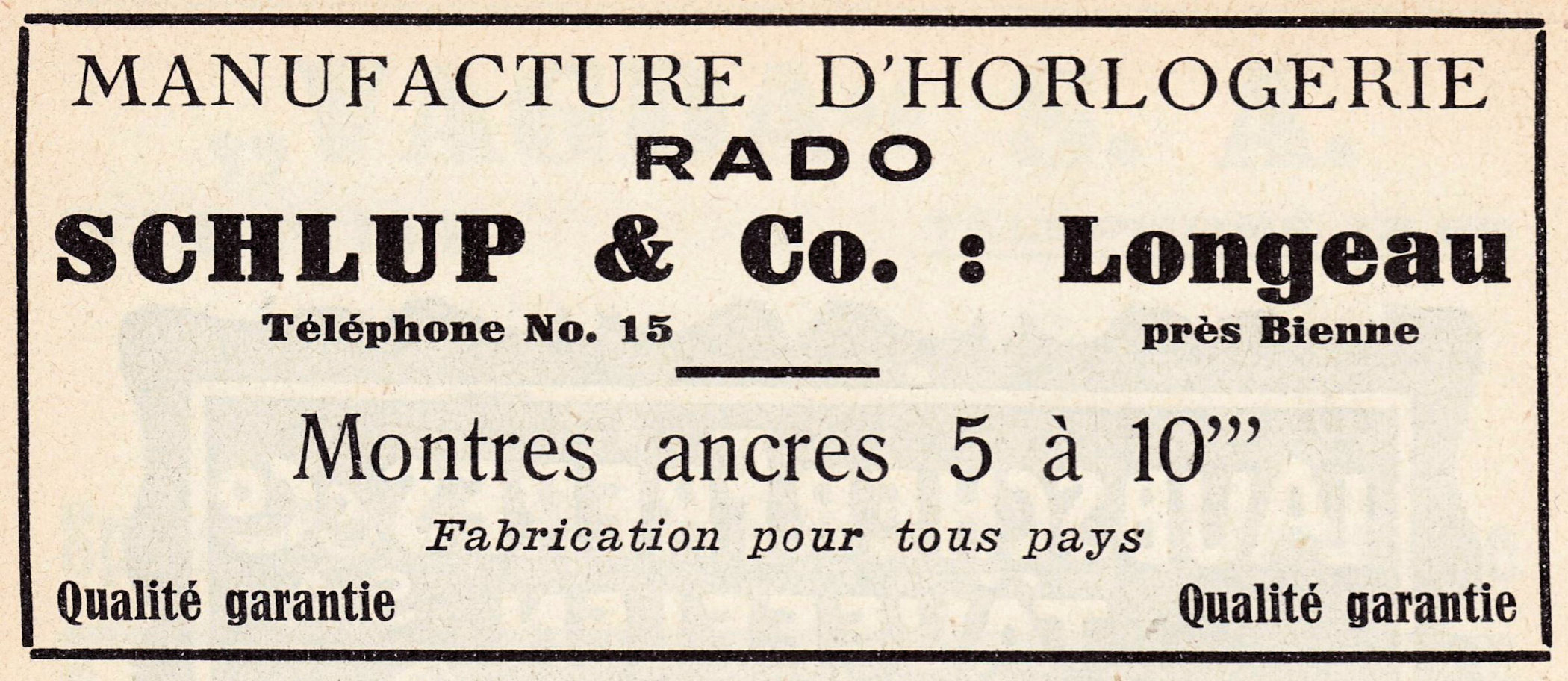
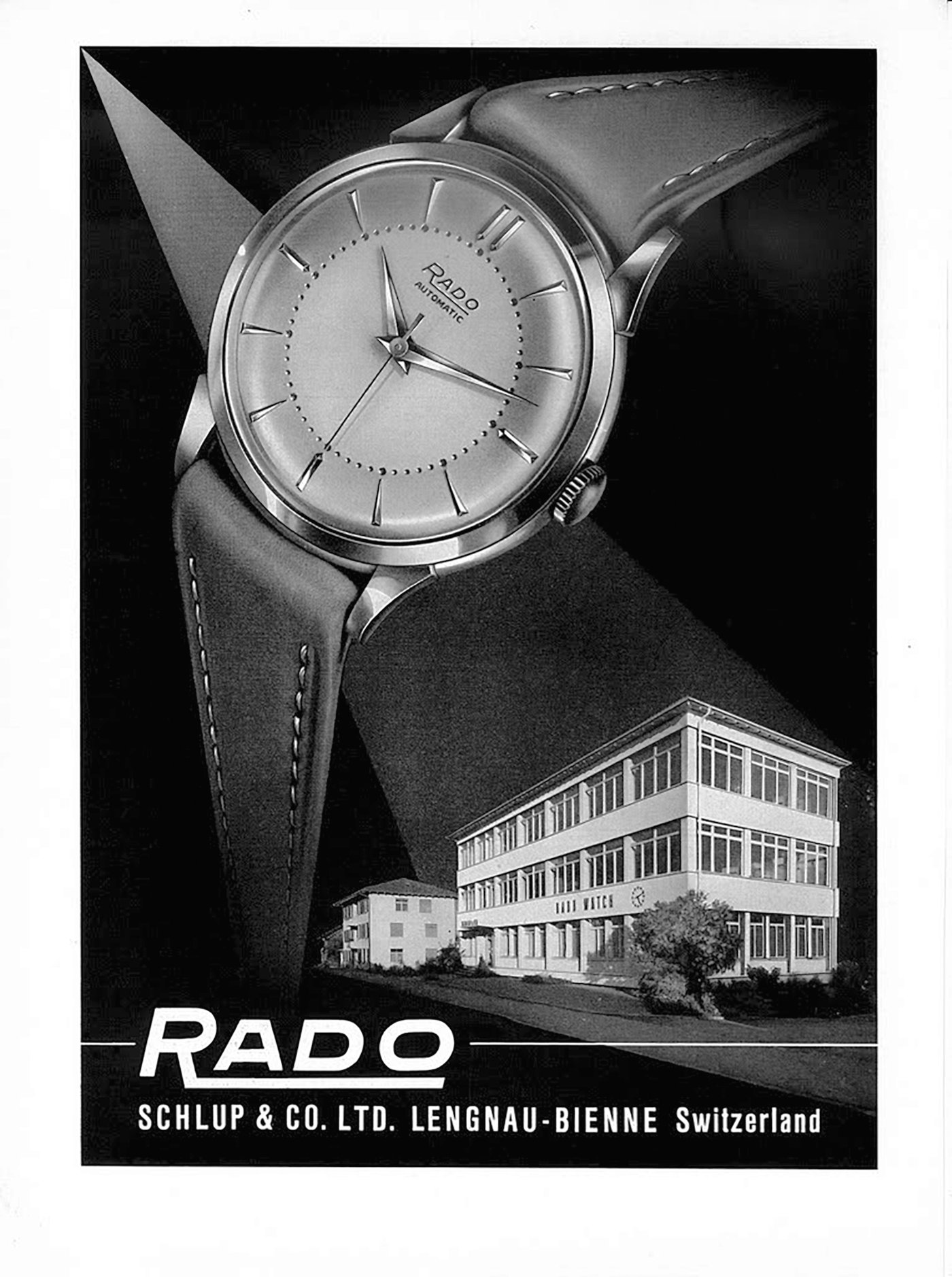
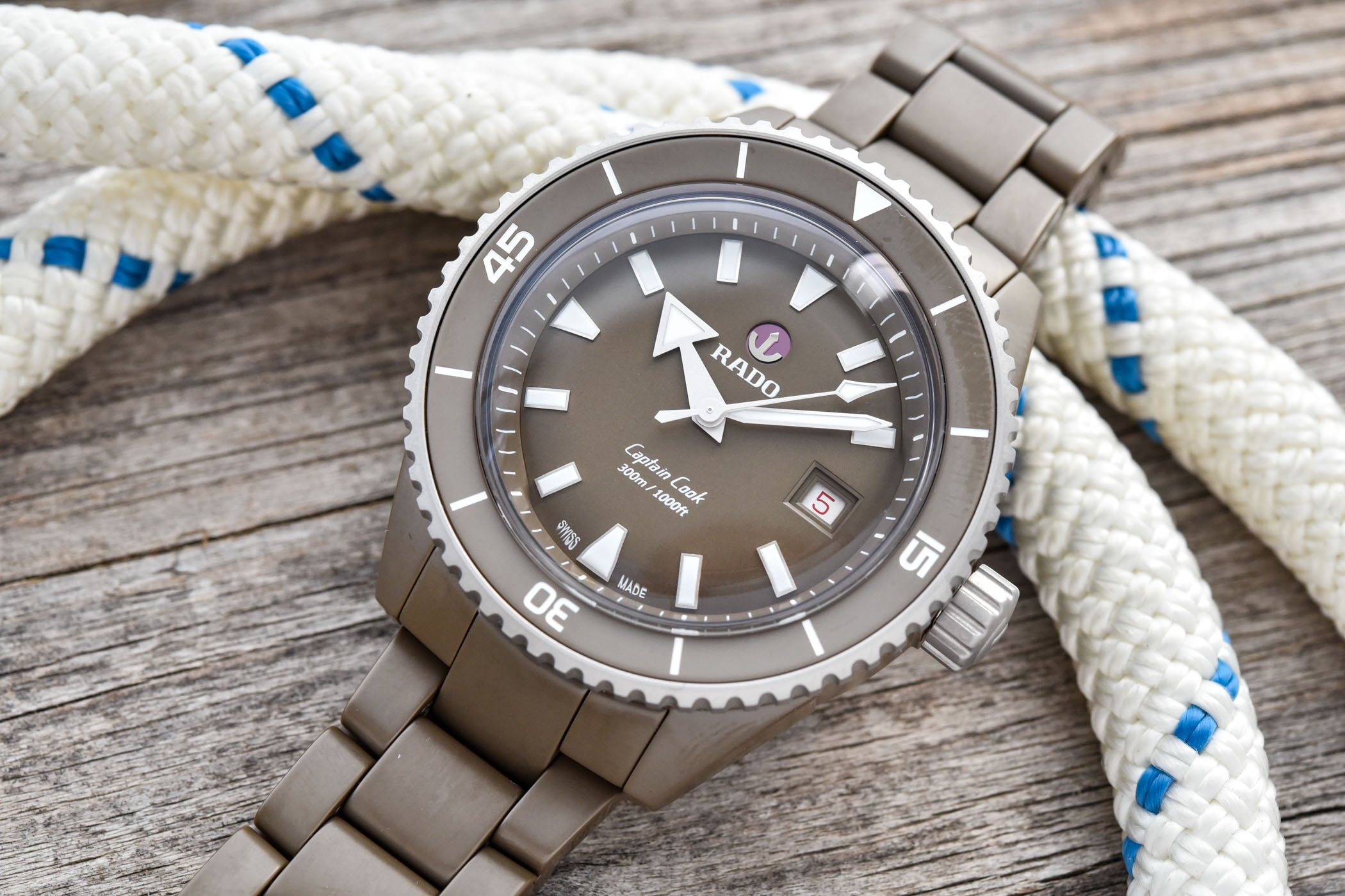
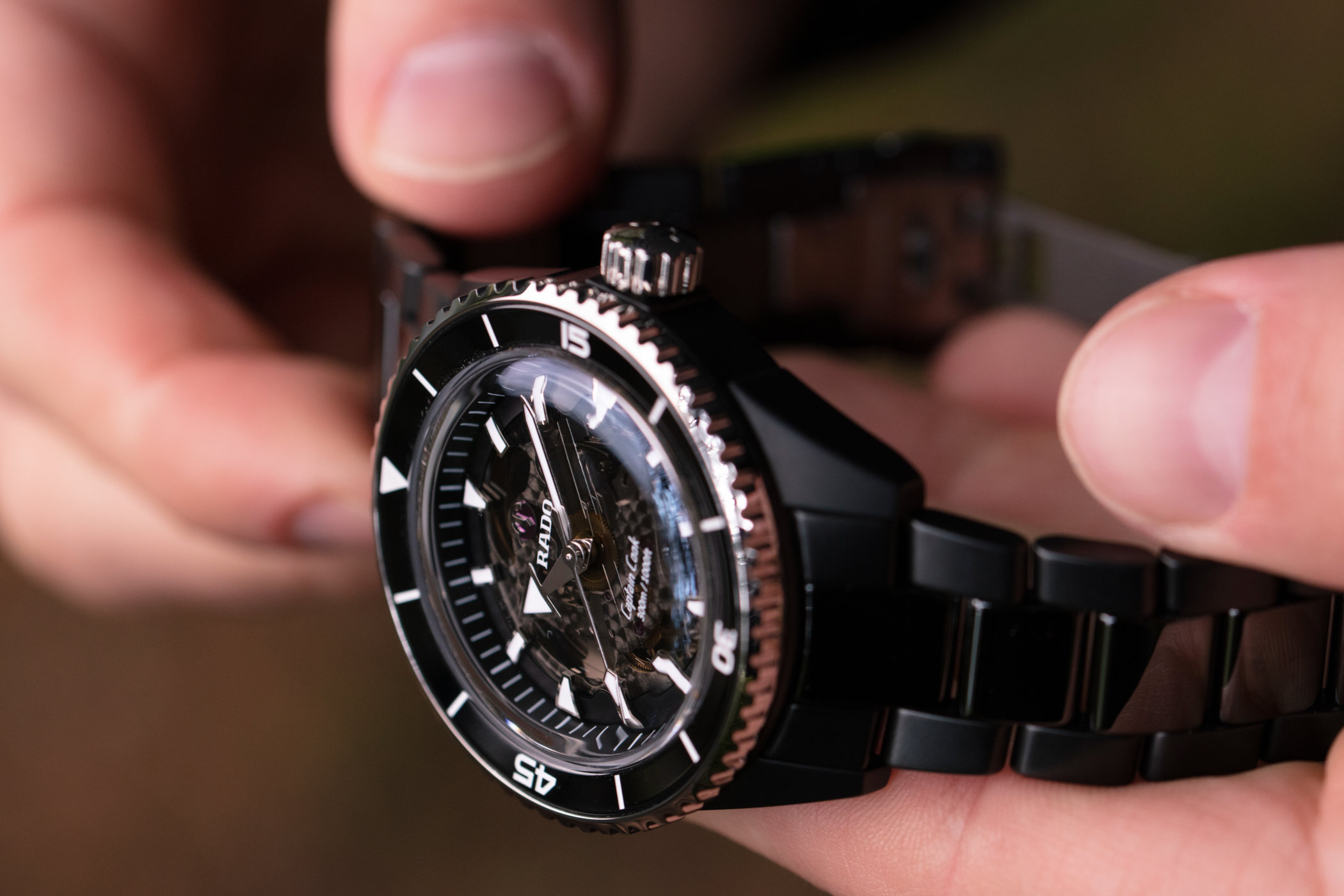
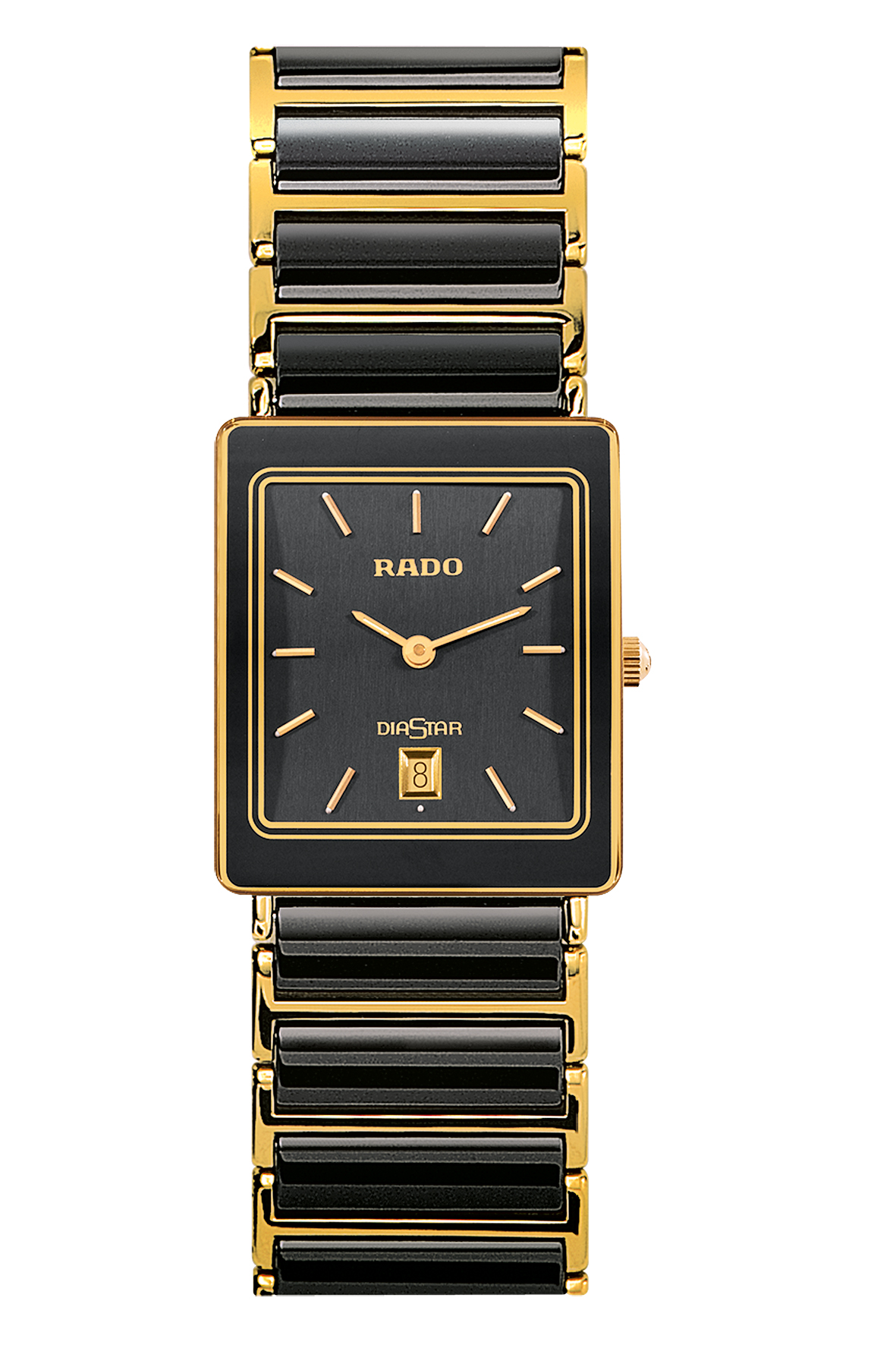
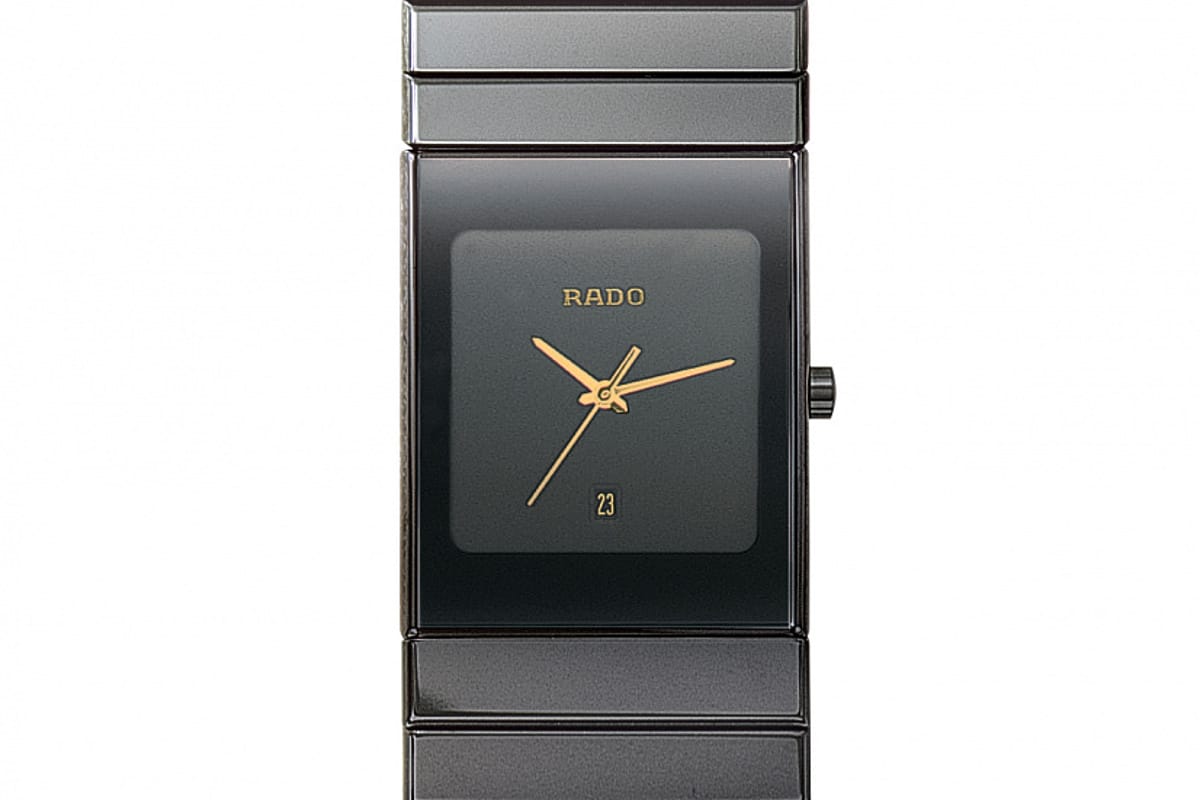
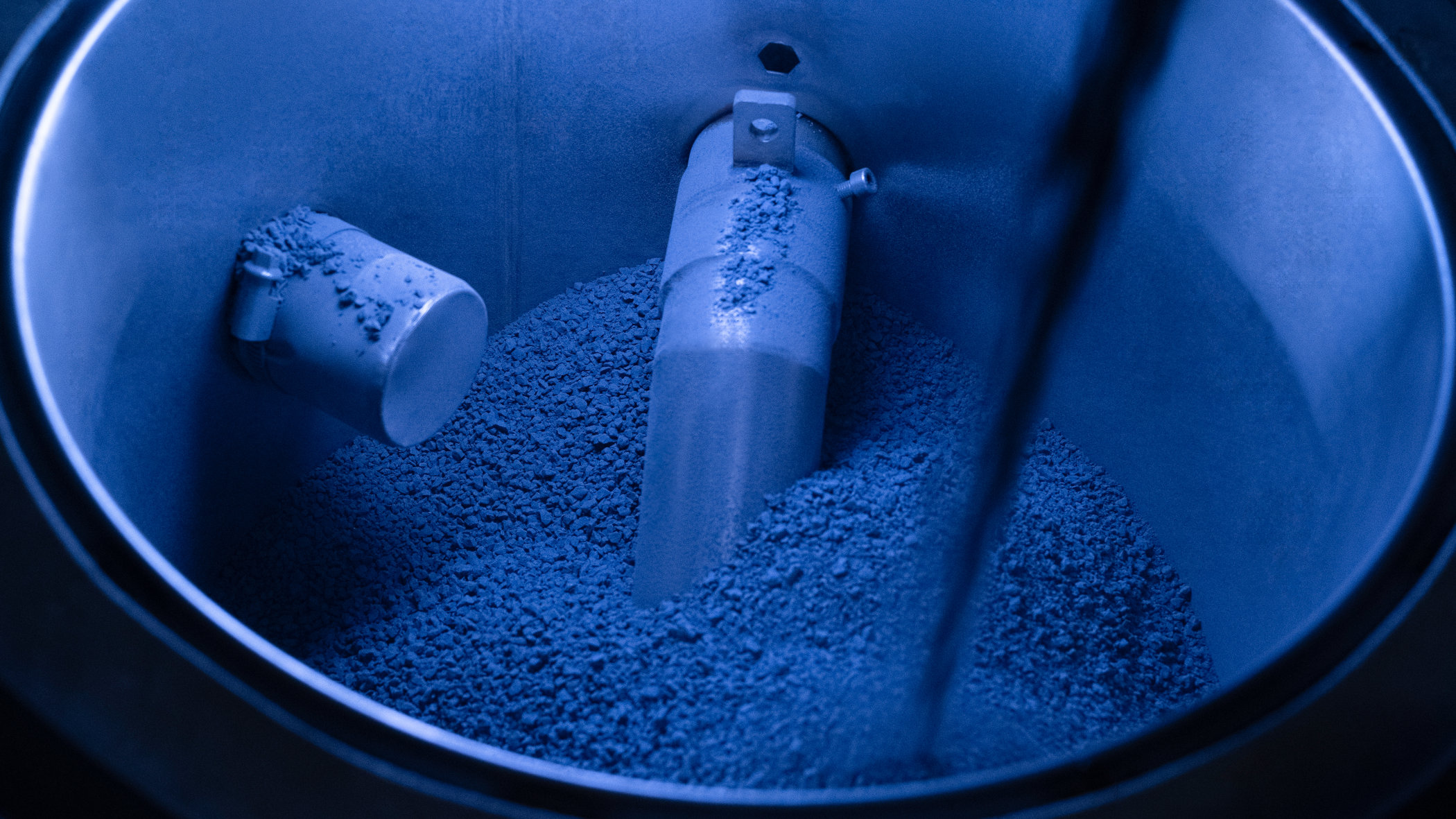
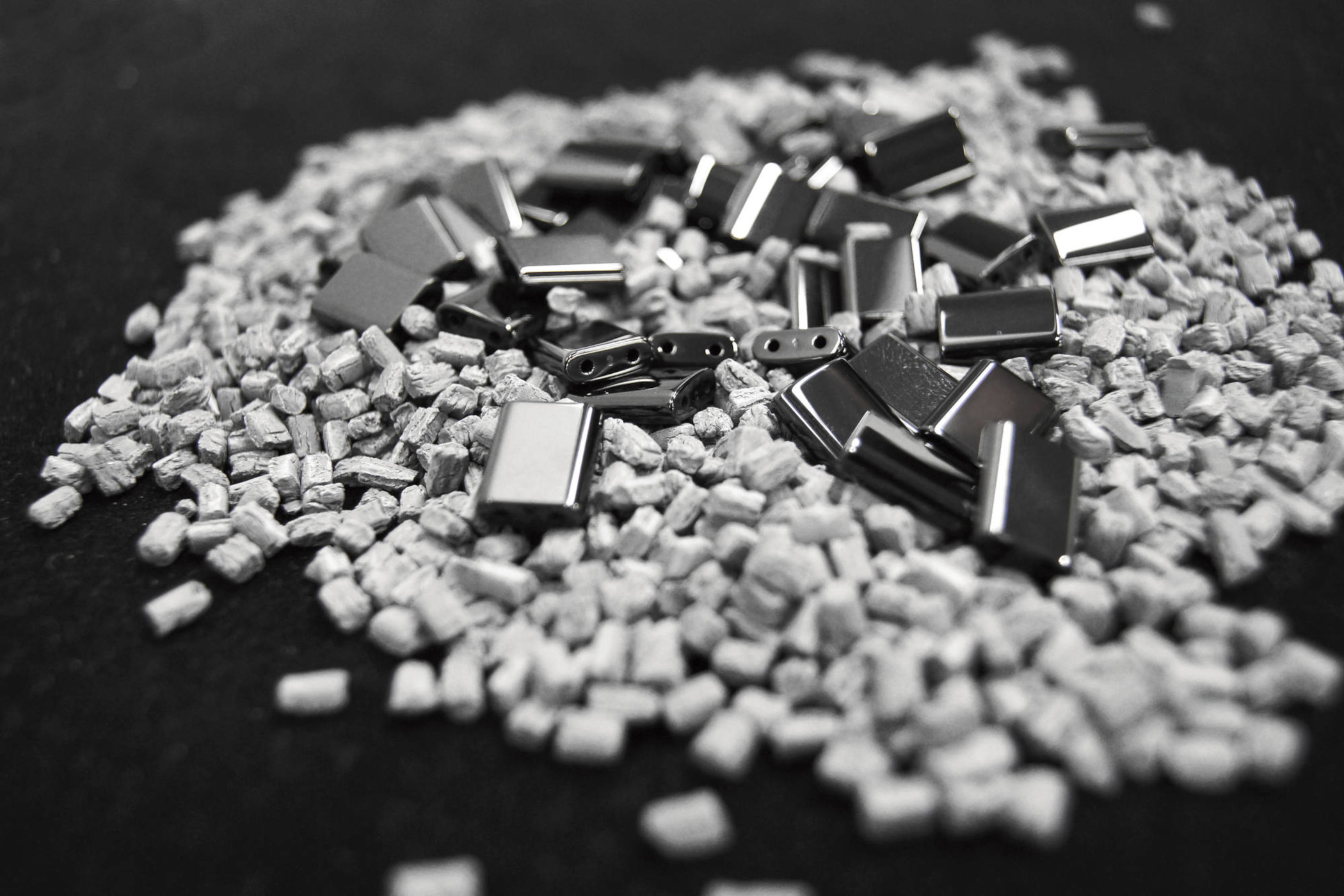
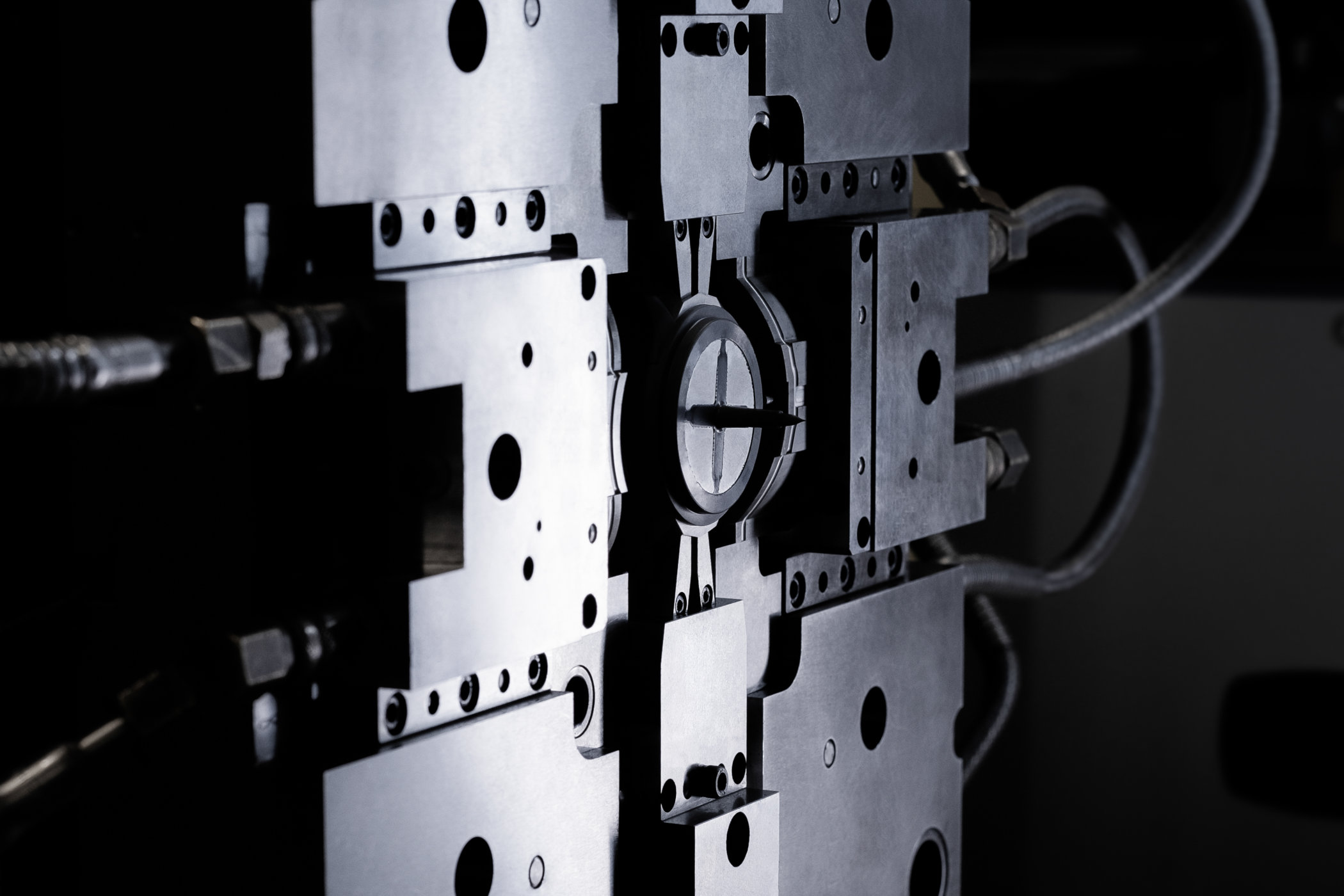
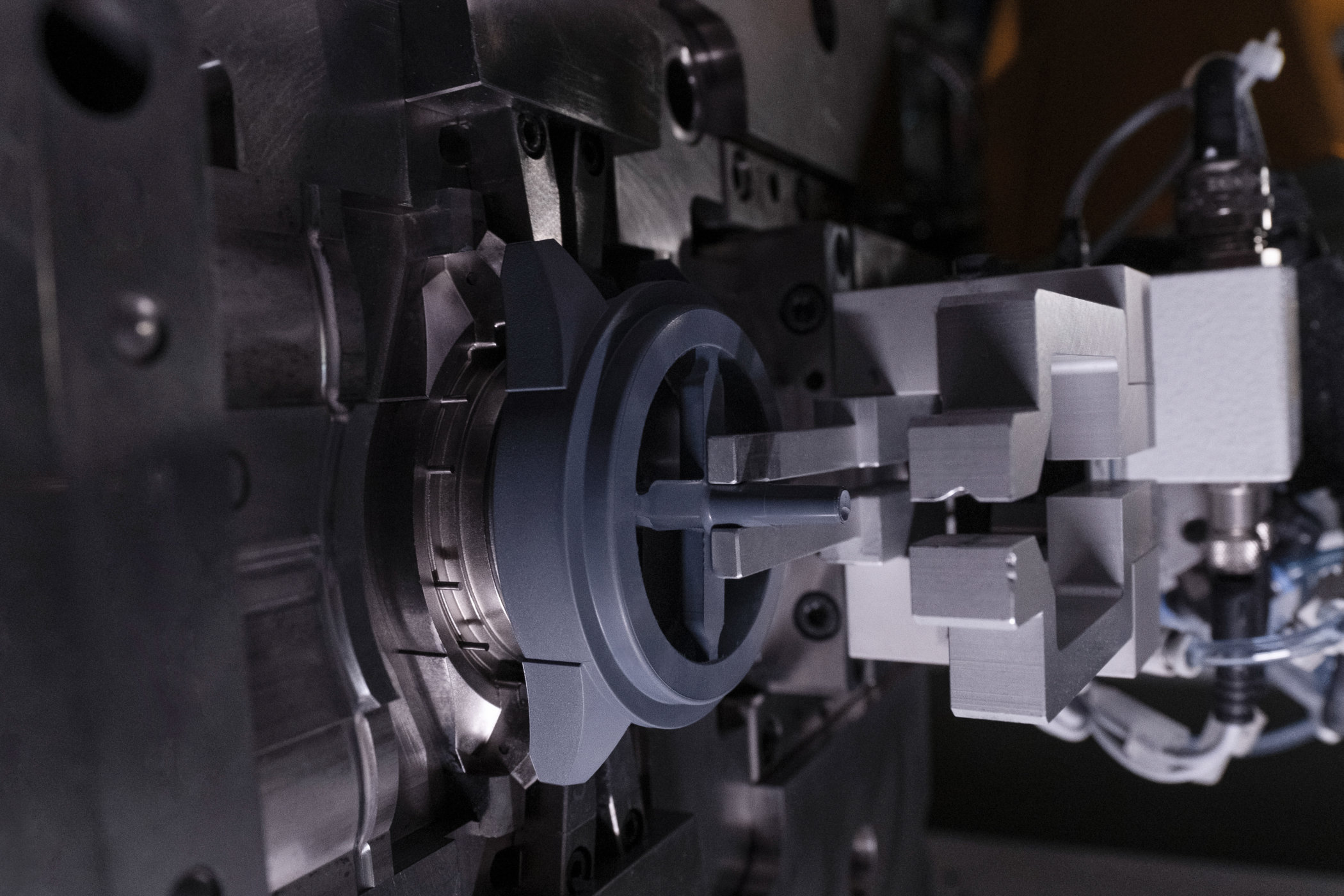
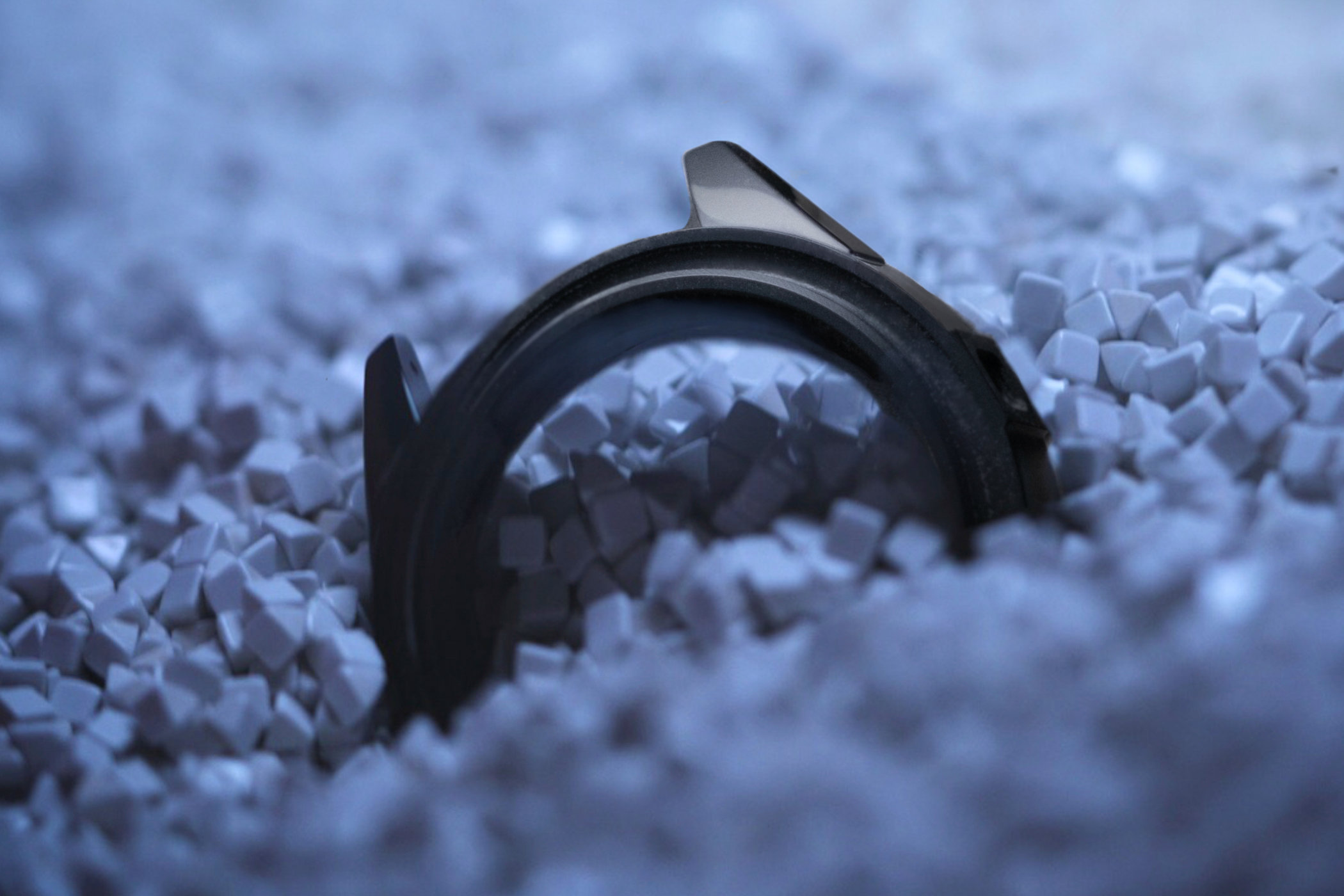
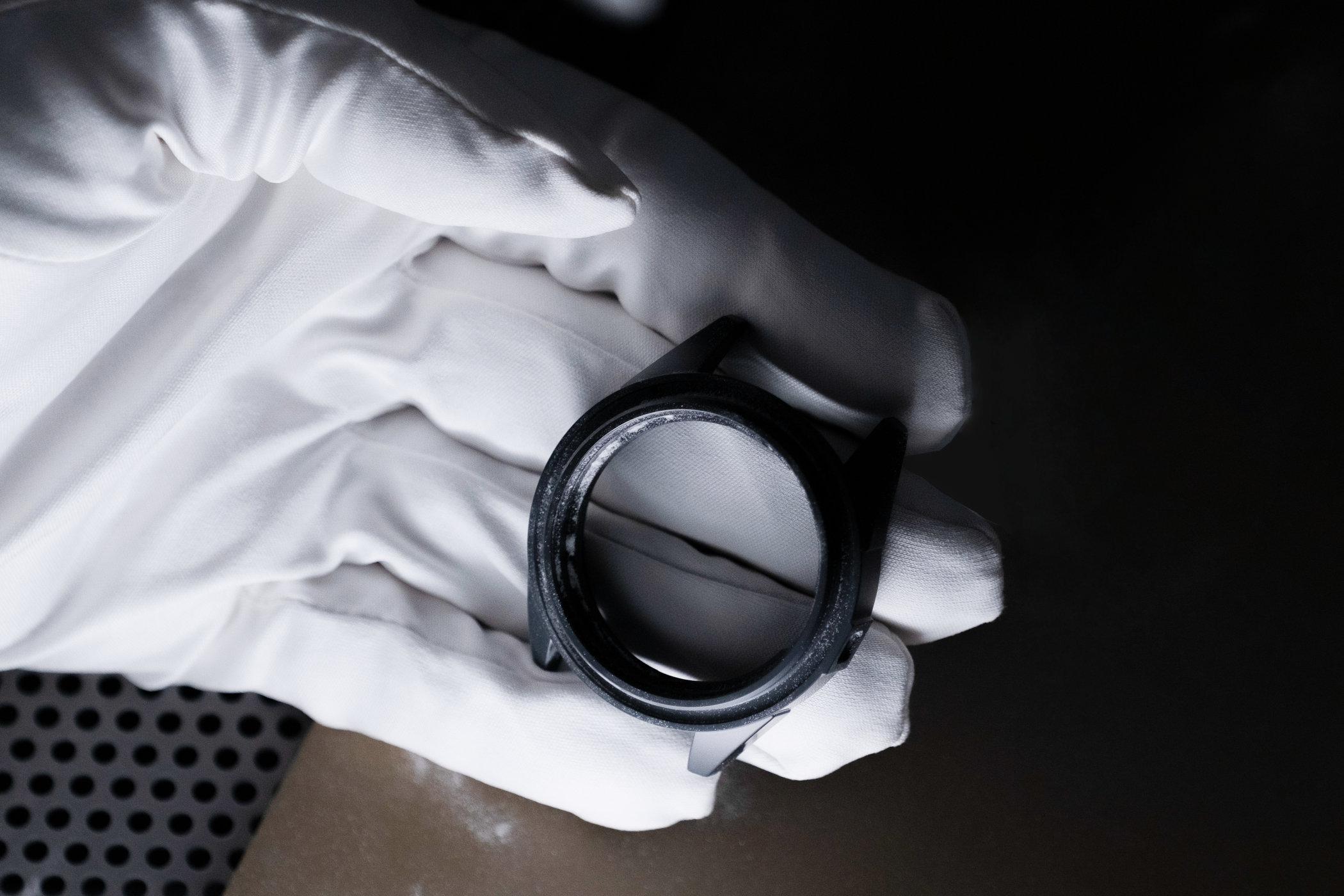
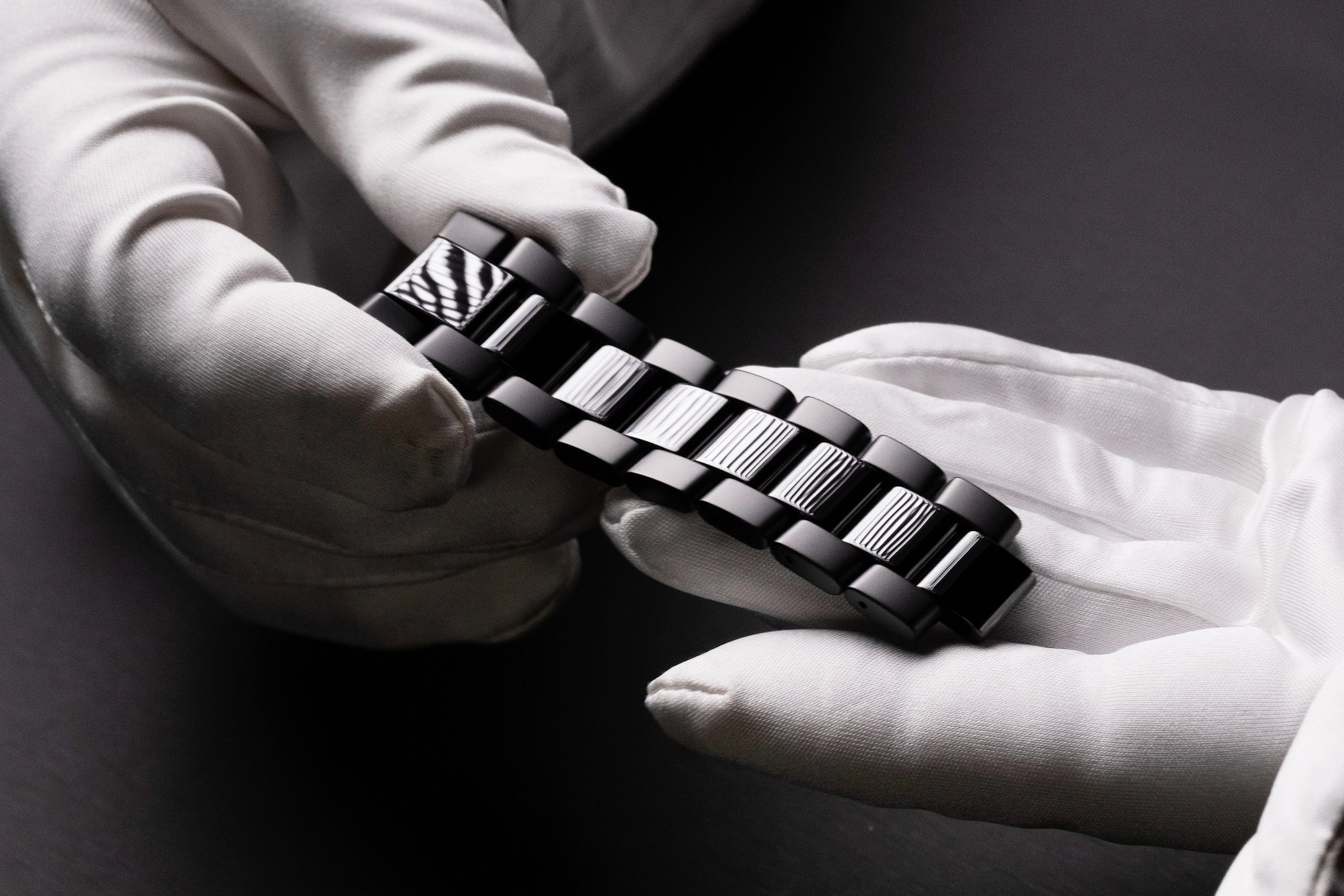
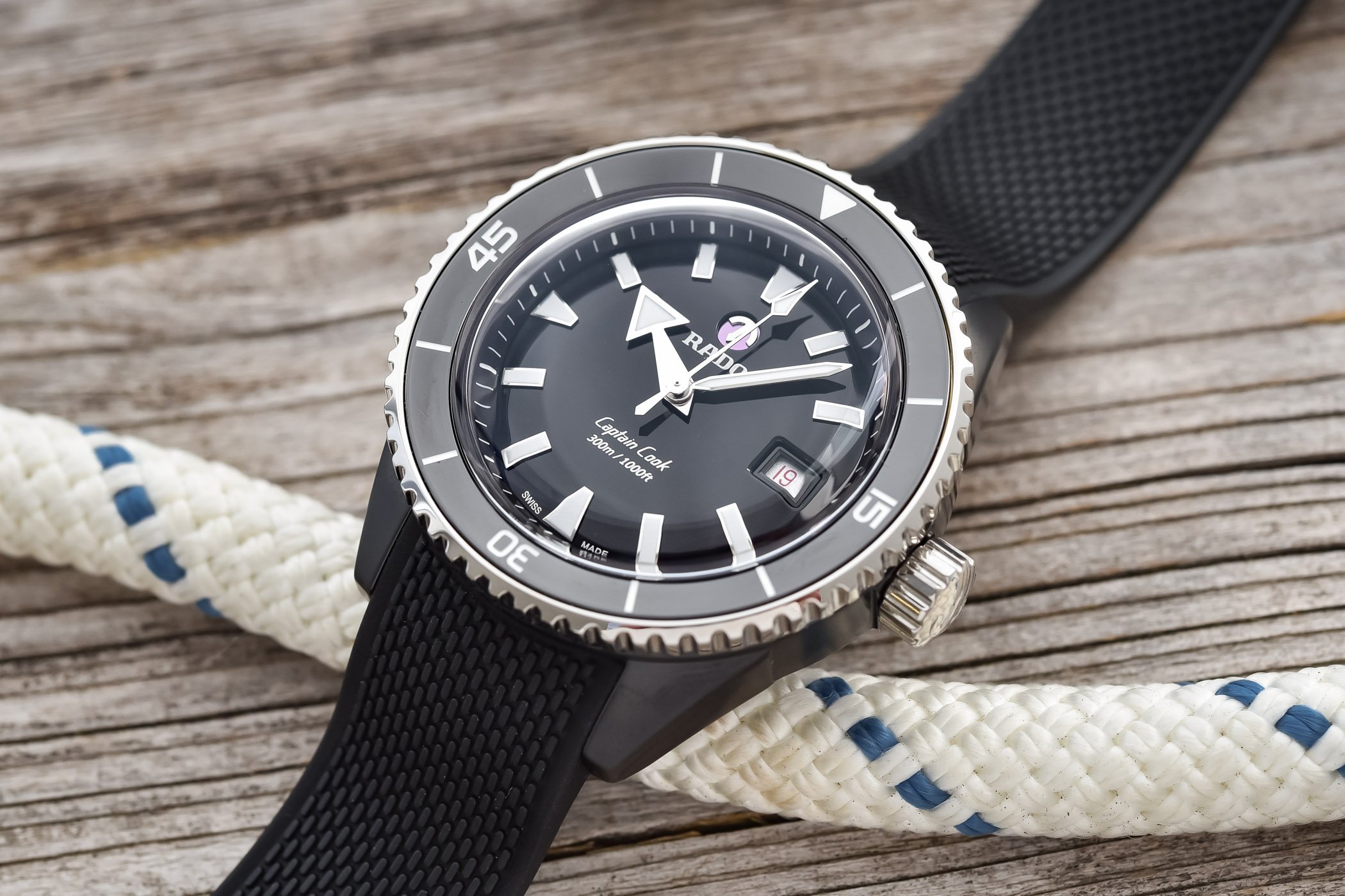
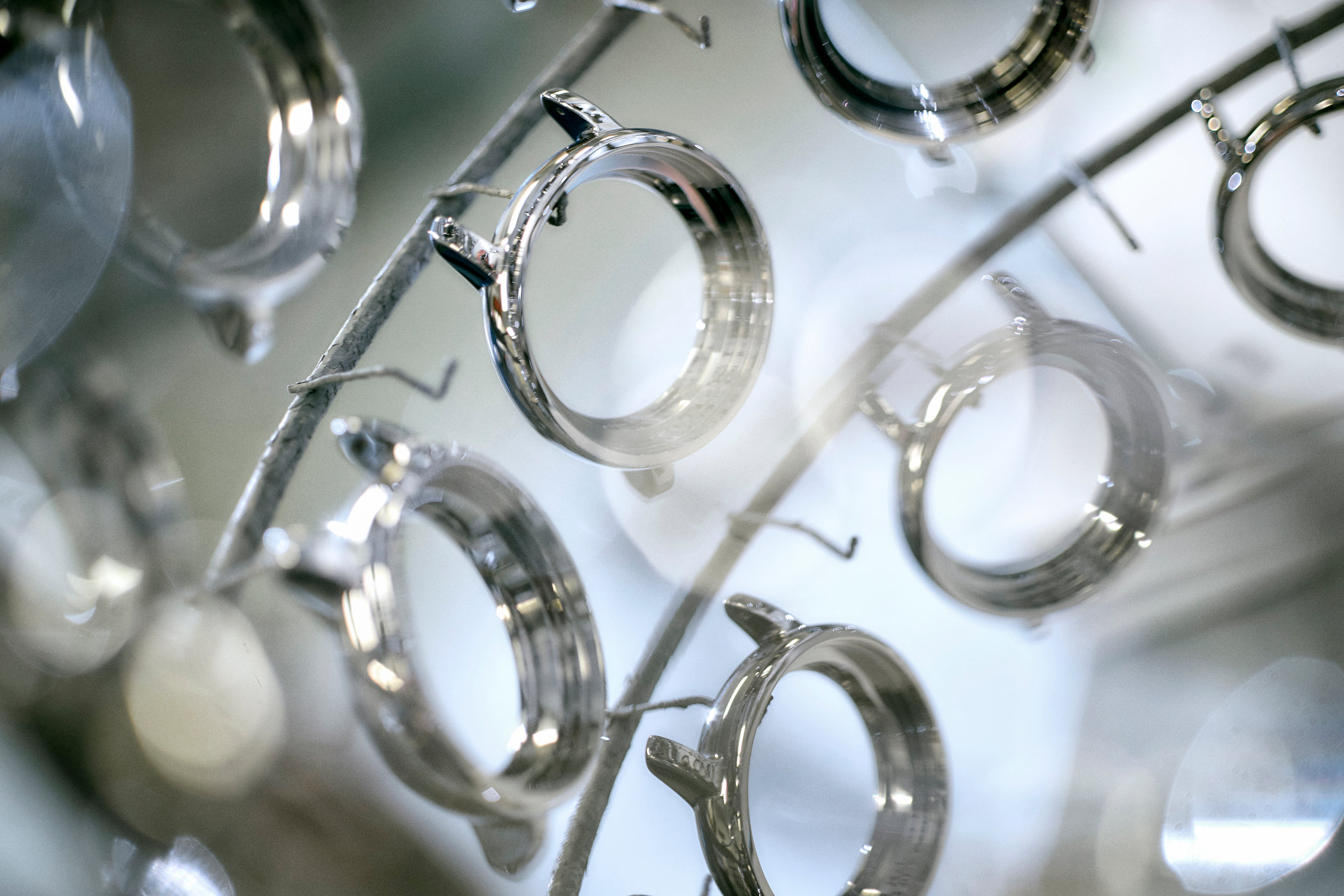
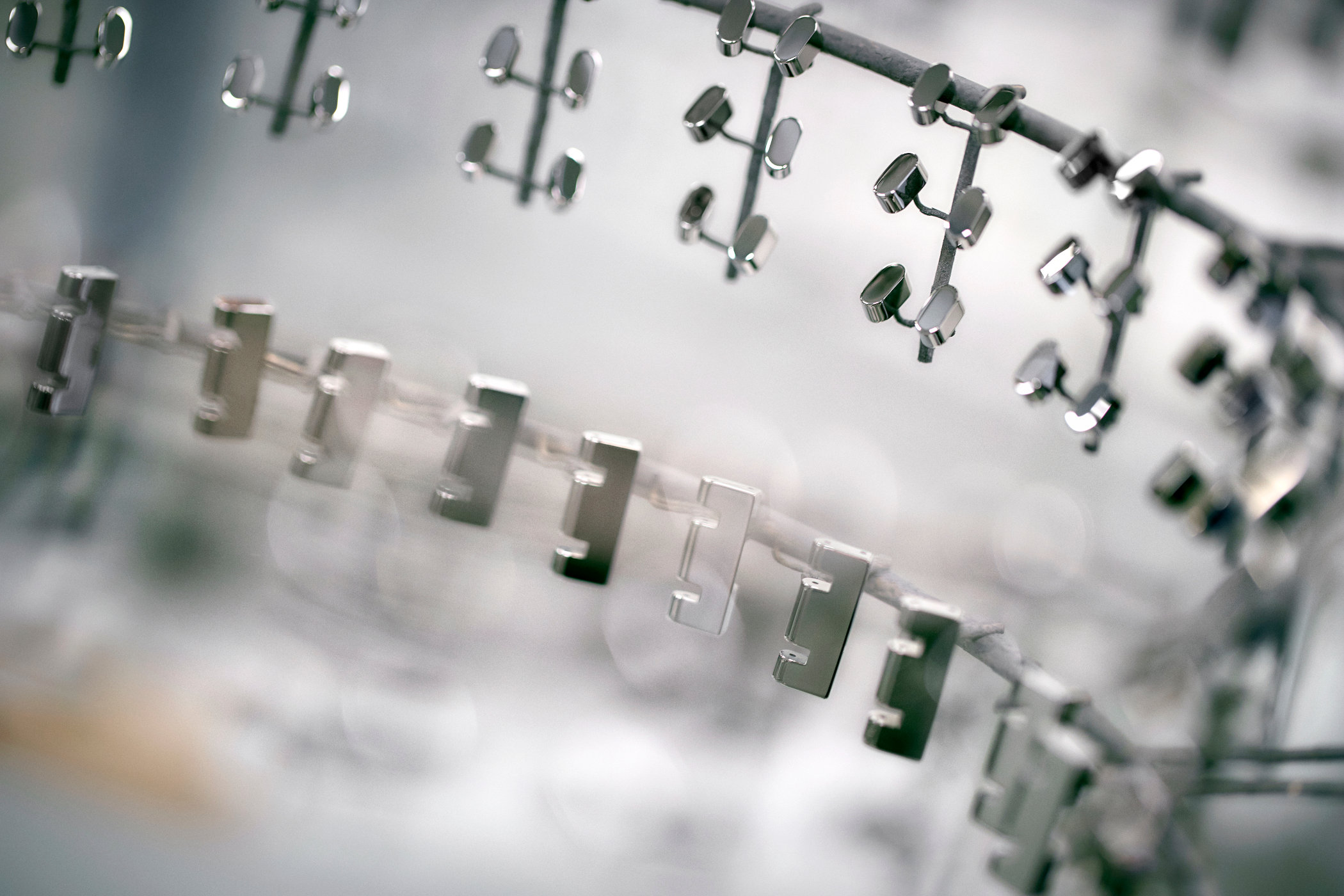


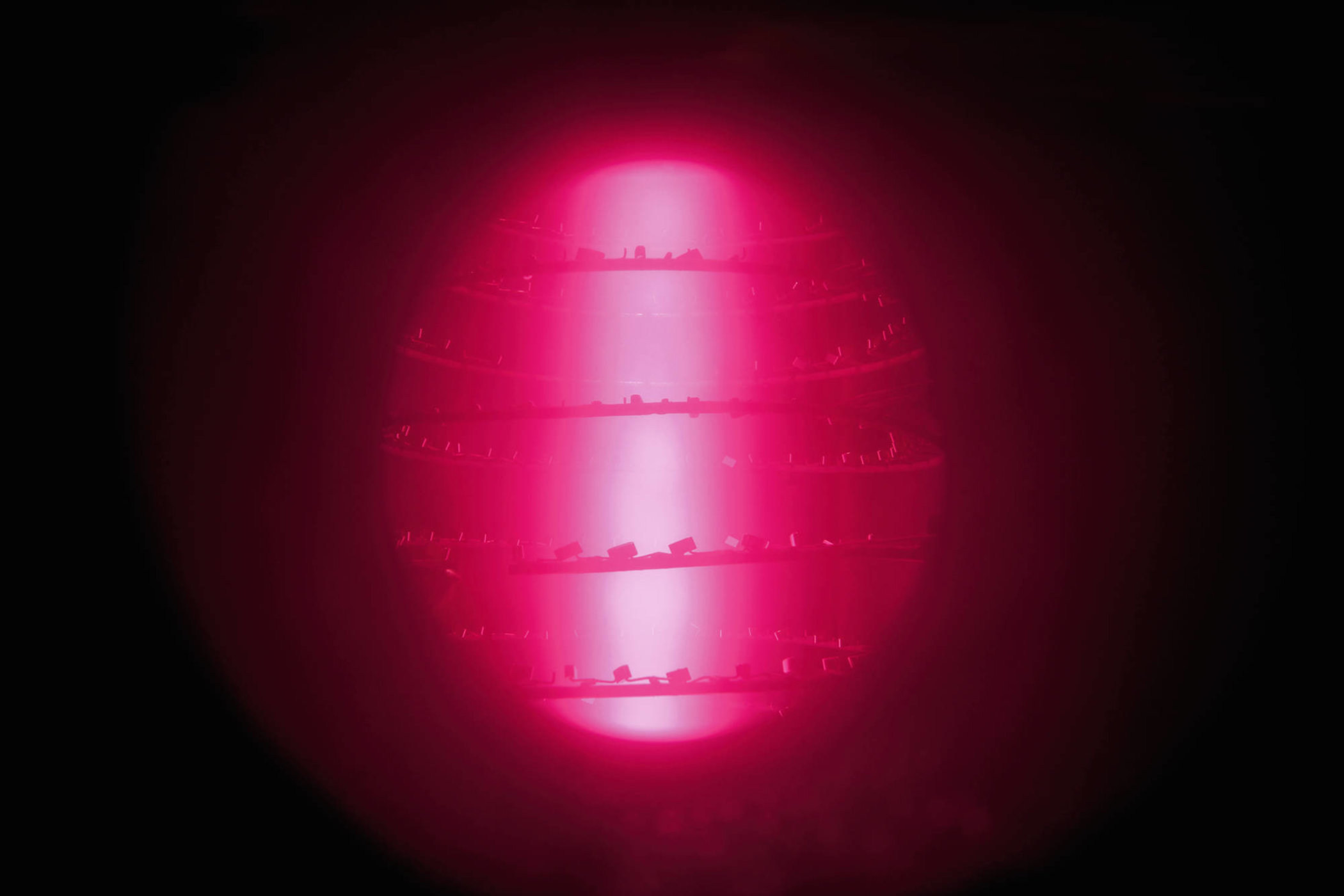




6 responses
Always fantastic to see manufacturing process. Thank you for the report : we need more articles like this ! Two watches can looking same but be dramaticaly different in quality and longevity, according to how they are made. Stunning and beautiful images here with complex molding and plasma curing.
Si la cerámica a plasma hace que el reloj sea menos frágil a las caídas e impactos, esa es una gran ventaja. Pero en el artículo no se deja claro si esto es así, ni cual es la ventaja sobre la cerámica normal que usan las demás marcas.
If plasma ceramics make the watch less fragile to falls and impacts, that’s a big plus. But the article does not make it clear if this is the case, nor what is the advantage over normal ceramic used by other brands.
Too bad Rado is underappreciated, I am very happy with both my Captain Cook and Diastar. I think especially the Diastar get‘s not enough kudos. It was the first „scrathproof“ watch in the world, it was also the first watch with a sapphire crystal. They are very innovative in my opinion. Great article by the way 🙂
Interesting article. Nice to see a watch that you can see that you are getting something extra for your money apart from “Brand” and “Design”
Handled one over the weekend, very impressed. I have to have big, heavy watches and know it’s there and it’s obviously way lighter then my Breitling CW Special, but you know what, I’m buying one next month, it was/is a cracking watch.. I actively avoided those black ones… but well done Rado. I’m not buying a Tudor Pelagos or one of the Oris, with just a re engraved back case..Bremont is close and I’m a patriot, but on this occasion, nah, its the Rado for me :-)..